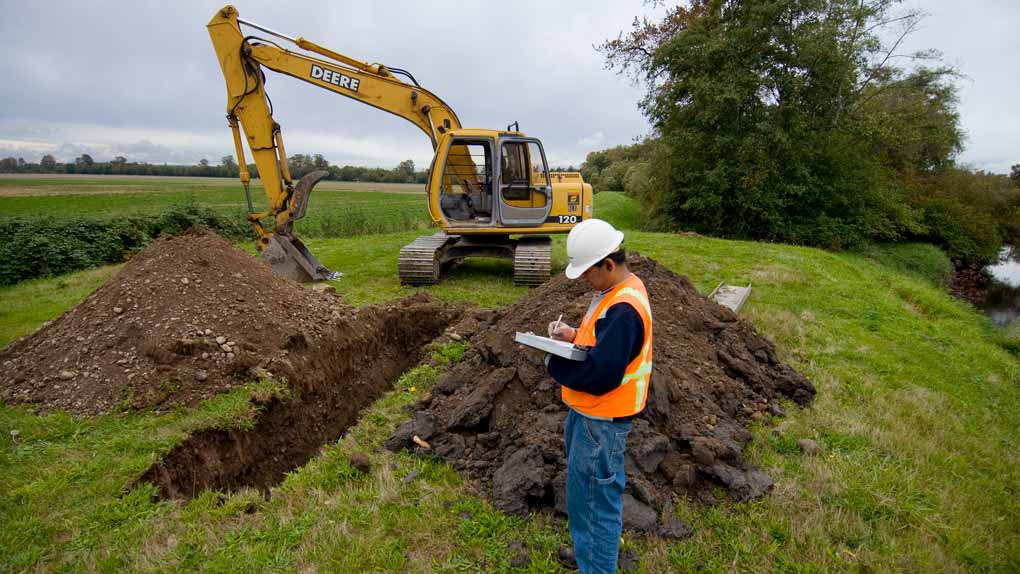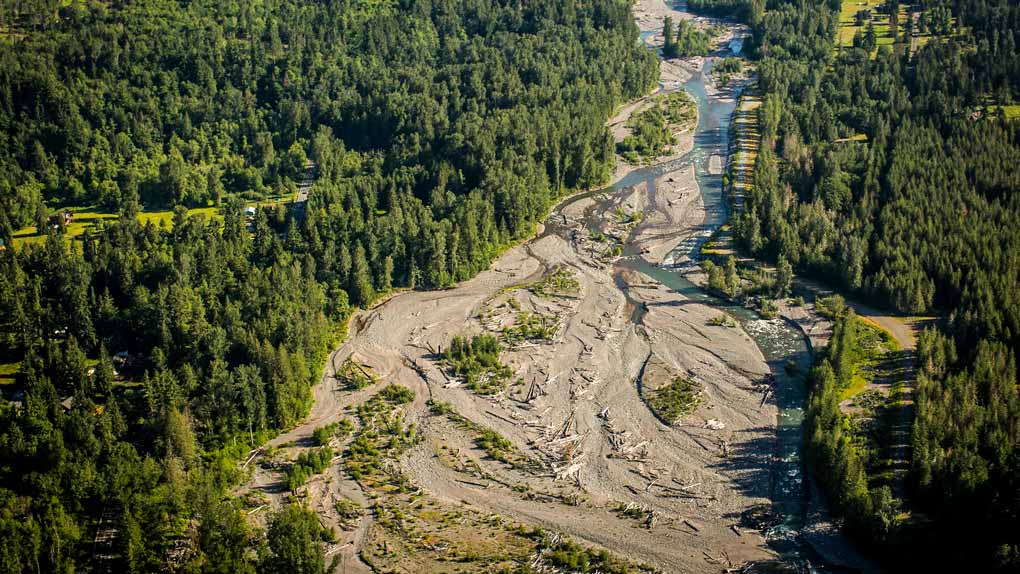- Home
- /
- About
About Floodplains by Design
Why floodplains matter
Floodplains by Design (FbD) is an ambitious public-private partnership that includes:
- A multi-million dollar capital grant program led by the Department of Ecology
- This includes technical and grant management services provided by Ecology, and co-leadership/participation in Floodplains by Design action and advisory groups.
- Dozens of local agencies, tribes, NGOs, and landowners who build partnerships to plan and implement projects and are continually working to improve floodplain resilience
- This includes creating and sustaining local collaboratives to advance funding and implementation of integrated floodplain management projects
- And an NGO “backbone” team led by Bonneville Environmental Foundation with support from American Rivers, The Whitener Group, Carol MacIlroy Consulting, and others, that work in partnership with Ecology staff and seeks to sustain and grow integrated floodplain management funding, policy and practice in Washington State.
- This includes co-leadership of Floodplains by Design action and advisory groups and related work, support for grant program implementation and communications, and activities aimed at developing capacity, knowledge sharing, increasing funding and advancing productive policies to support integrated floodplain management.
Together, partners seek to reduce flood damage, improve working lands, and restore habitat along Washington’s streams and rivers. Integrated floodplain management requires collaboration across interests and engagement over the long term.
Since 2013, the Washington State Legislature has appropriated $283 million to support large-scale, multiple-benefit projects across the state through the Department of Ecology’s Floodplains by Design grant program. These projects have leveraged tens of millions of additional local, federal, and private dollars to move everyone closer to their goals.
Integrated floodplain management builds upon a foundation of relationships and knowledge nurtured by tribal members and cultures for thousands of years. Tribal members and staff continue to play a key role in shaping, guiding and transforming our floodplain systems in response to significant harm created through colonization over the last 200 years.
As the pace and magnitude of extreme weather events increases and development pressures grow, the opportunity that integrated floodplains management presents only becomes clearer and more compelling.
Upcoming Events
FBD Spotlight
 Joe Peone
Joe Peone
Methow River
“The Confederated Tribes of Colville Reservation supports projects with primary benefits to ESA listed spring chinook, summer steelhead, and bull trout. This effort to reduce the effects of human infrastructure in channel migration zones and restore floodplain processes aligns well with tribal interests in the region.”
Grant Opportunities
The Department of Ecology has two grant programs that support integrated floodplain management: Floodplains by Design (FbD), the primary grant program for projects that help communities live better in their floodplains; and the Flood Control Assistance Account Program (FCAAP) to assist local jurisdictions with comprehensive floodplain management planning and implementing actions to mitigate flood hazards.
FbD Backbone
The FbD Backbone Team is led by Bonneville Environmental Foundation, in partnership with American Rivers, The Nature Conservancy, and dedicated contractor experts. The backbone team supports local, regional, and federal partners to advance integrated floodplain management through the FbD grant program and complementary funding sources.
The FbD Network
Floodplains by Design is a collaborative network that consists of tribal nations, local governments, state and federal agencies, non-profit organizations, special service districts, communities and academics, brought together by a common interest in reducing flood risk and improving the health of Washington’s river systems. Through their efforts, the network is shaping the future of floodplain management, integrating ecological restoration with flood risk reduction, and fostering resilient communities in the face of climate change and increasing flood hazards.


